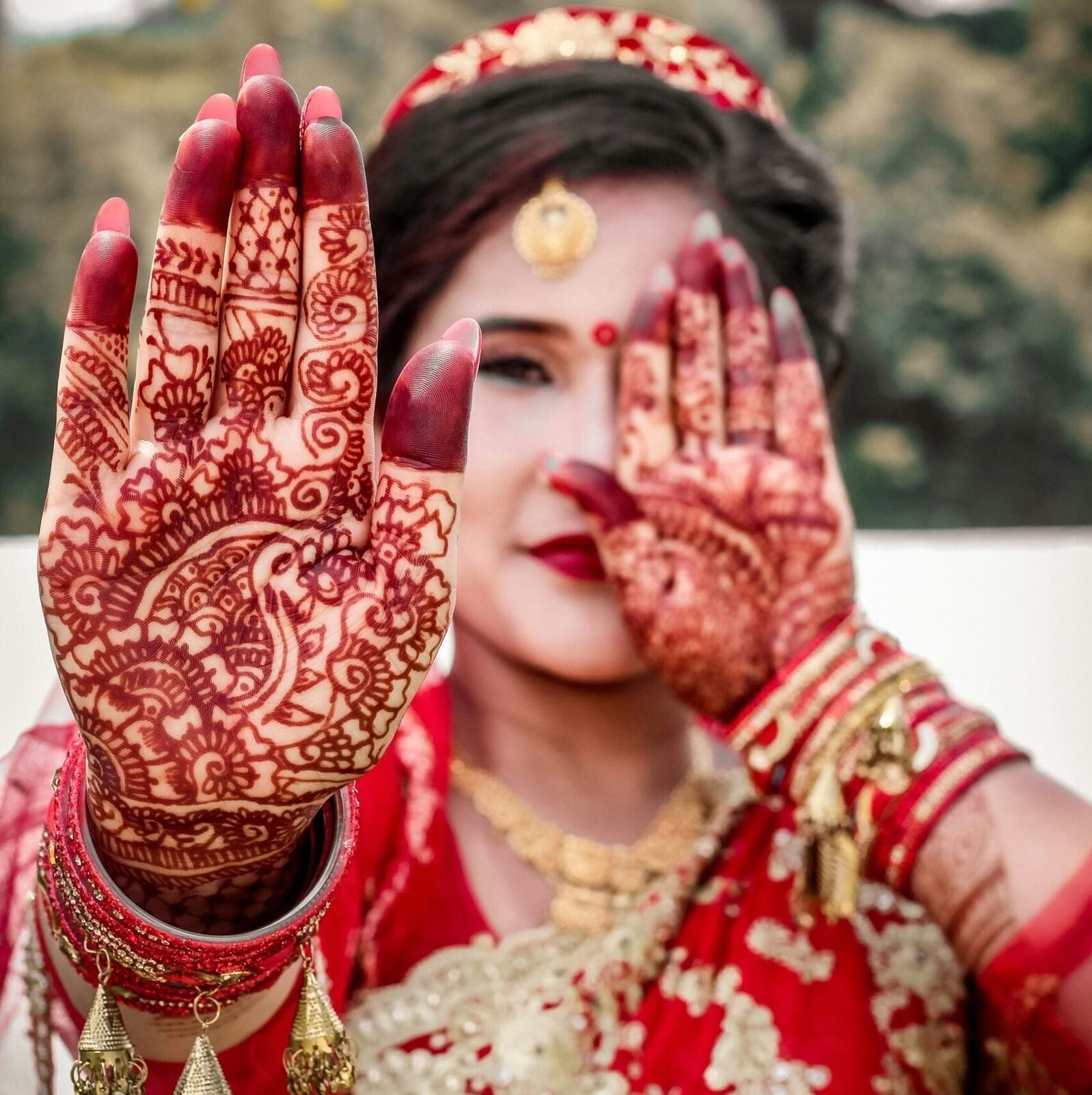Exploring the Art of Mehendi: A Comprehensive Guide to Stunning Designs for Every Occasion
The Significance of Mehendi in Indian Culture
Mehendi, derived from the leaves of the henna plant, holds a celebrated place in Indian culture, appearing as a key element in various ceremonies and festivities. Historically, this art form can be traced back thousands of years, used not only for its aesthetic appeal but for its medicinal properties as well. In ancient times, henna was applied to cool the body and serve as a form of protection from the sun’s heat. Over time, its application evolved into a decorative art form, emblematic of joy and festivity.
In contemporary India, Mehendi is an integral part of numerous traditional ceremonies, particularly in weddings. The intricate designs are not merely ornamental; they symbolize the love and bond between partners, often reflecting the significance of union and familial ties. Each design is imbued with personal meaning and cultural narratives, often passed down through generations, making the act of applying Mehendi a ritual infused with deep emotional connections. Many brides view the application of Mehendi as an essential pre-wedding rite, believing that darker hues represent deeper love and affection, a cultural sentiment widely cherished across the subcontinent.
Geography further influences Mehendi styles, with different regions showcasing unique motifs and patterns. For instance, the designs in Rajasthan often feature peacocks and floral patterns, while Bengali Mehendi may include elements like fish or lotus, both emblematic of the region’s symbolism. This regional diversity not only enriches the art form but also reflects the personal stories and traditions of different communities. Perspectives shared by Mehendi artists reveal how this ancient practice fosters a sense of belonging and celebration, transcending mere decoration to evoke profound emotional resonance during significant life events.
Design Inspirations for Every Occasion
Mehendi, a traditional form of body art, has evolved into a versatile medium of expression designed to accentuate occasions ranging from joyous festivals to intimate personal celebrations. For each event, specific Mehendi designs can help create the perfect atmosphere and convey sentiments beautifully.
For weddings, intricate bridal Mehendi is a timeless choice. These designs often feature elaborate patterns that encompass floral motifs, peacocks, and mandalas, signifying fertility and joy. The depth and detail in bridal Mehendi can elevate the bride’s appearance, making it a cherished part of the wedding ensemble. Couples might choose designs that intertwine their initials or symbolic elements that represent their love story, ensuring a personalized touch to the festive celebration.
Festivals, such as Raksha Bandhan and Diwali, call for simpler, yet meaningful Mehendi patterns. For these occasions, designs that include geometric shapes or minimalistic floral arrangements can be appealing. Such patterns not only celebrate the joy of the festival but also allow for ease of application, making them ideal for family gatherings or community events. Traditional symbols like the lotus and paisleys can be used in various configurations, providing ample inspiration for those looking to embrace the celebratory spirit of these occasions.
For personal celebrations, such as birthdays or anniversaries, contemporary Mehendi designs offer a fresh and modern take. These might include abstract shapes, watercolor techniques, or even temporary henna tattoos that make bold statements of style. The use of bright-colored henna or combining other art styles, such as glitter or floral embellishments, can add flair to the designs, making them suitable for more casual, yet memorable, events.
Ultimately, selecting the right Mehendi design depends on the occasion’s nature, personal style, and cultural significance. Exploring various motifs and styles can help in creating a unique expression that resonates well with the event’s spirit.

